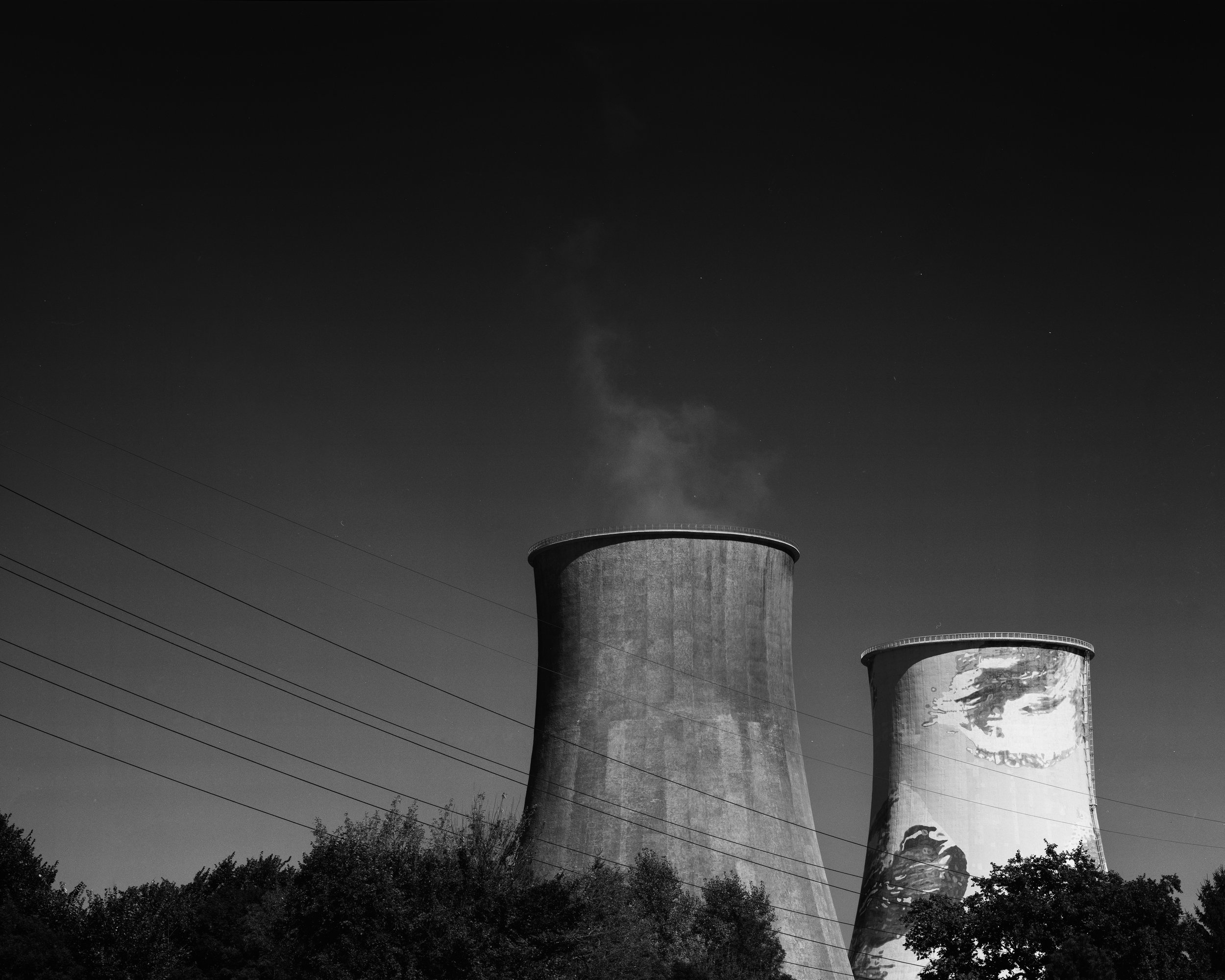Nowa Huta (“The new steel mill”) was an attempt to build a city from the ground, based on communist principles and industrialization. The city was built next to Kraków in the Małopolskie region in Poland from 1949. Nowa Huta is one of the largest planned socialist districts ever built and one of the most renowned examples of deliberate social engineering in the entire world.
It was built as a utopian ideal city, its street hierarchy, layout and certain grandeur of buildings often resemble some of the most famous capitols of Europe.
Nowa Huta was created as a separate city near Kraków. It was planned as a colossal center of heavy industry. The city was intended to become an ideal city for Socialist propaganda, and populated primarily by industrial workers. In 1951, it became a part of the city of Kraków as its new district.
Following the political liberalization of the Polish October in 1956, it became possible to introduce modernist style in architecture. Polish architects were allowed to visit Stockholm to learn about the newest solutions in urban design.
As the Polish People´s Republic faced increasing economical problems in the 1970´s and 80´s the ground was prepared for the emergence of the Solidarność movement and the demise of communism in Poland. Nowa Huta became a city of many demonstrations and violent street protests of the Solidarity movement. The uprising was met with severe violence from the police. Almost 29,000 of the 38,000 workers of the Lenin Steelworks belonged to the Solidarność trade union.
Since the fall of socialism, the city that was once a showpiece for Stalinism now boasts many tributes to ardent opponents of the ideology. Streets formerly named after Vladimir Lenin and the Cuban Revolution have been renamed to honor Pope John Paul II and the Polish World War II hero Władysław Anders.
Click to view the entire collection of images from Kraków.
The images in this article is photographed with a Gibellini GP810 8x10 inch camera and Ilford HP5+.
Nowa Huta. ©Bjørn Joachimsen.
Nowa Huta. ©Bjørn Joachimsen.
Nowa Huta. ©Bjørn Joachimsen.



